Smart Passive Building
Optimising the Building Management System
in Smart Passive Buildings
Tessa Rouwenhorst
Master Thesis, Delft University of Technology
Faculty of Architecture and the Built Environment

The MOR prototype is a smart passive building with a central building management system to control and optimise the operation of the active and passive building systems and therefore reduce the energy consumption of the building and improve the users comfort conditions (MOR Team, 2019b). During the competition, the systems in the prototype were set to function in the Hungarian climate (Warm-summer humid continental climate according to the Köppen climate classification) whereas the Netherlands has a temperate oceanic climate.
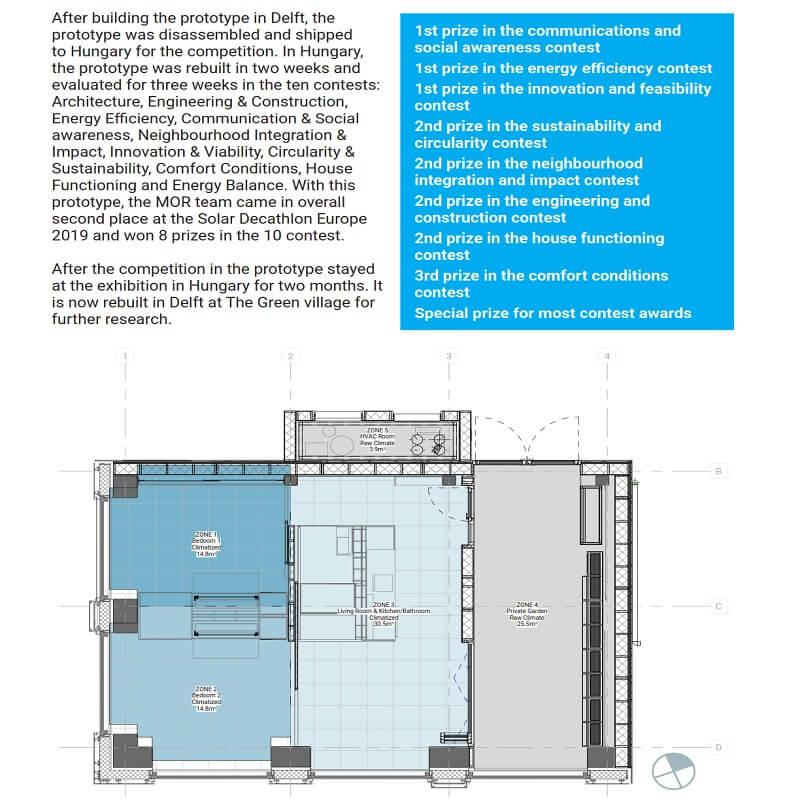
Showing that the MOR prototype can function efficiently in both Hungarian and Dutch climates with only changing the settings of the building management system can prove that it will also be able to function efficiently when the local climate will change.
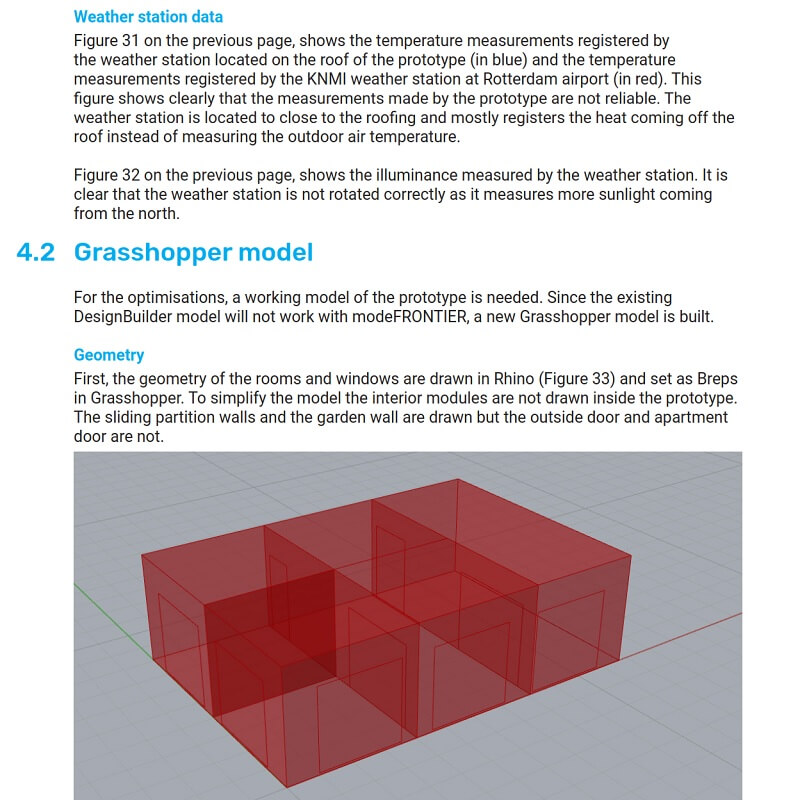
This research by Tessa Rouwenhorst is aiming to extend the period in which the passive systems are used within the building management system in order to minimize the energy consumption while improving the comfort conditions. The following research questions will be used to find the important aspects to be considered: Which parameters have the biggest influence? What are the comfort conditions that the building management system has to reach? How is the building management system currently programmed? Can simulations optimise these setpoints?
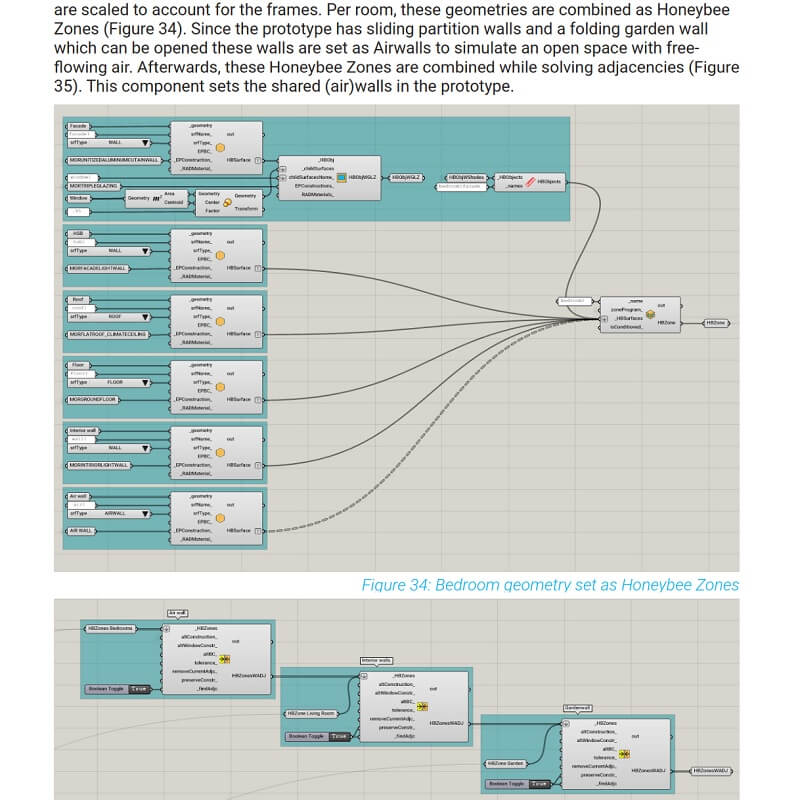
The parameters that have the biggest influence on the total energy consumption of a building are space heating (16 %) and water heating (21 %). The biggest is electrical appliances (33 %) but these are not influenced by the building management system (Nuiten, et al., 2019).
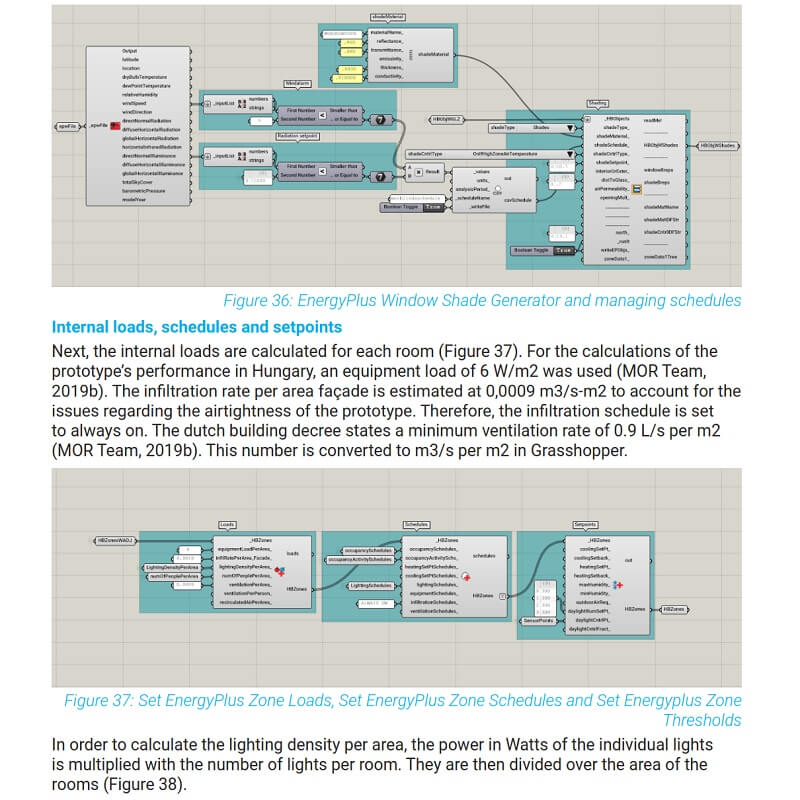
For thermal comfort, the Adaptive Temperature Limits guideline suggests a range of temperatures based on a calculated average of the four preceding days (van der Linden, Boerstra, Raue, Kurvers, & de Dear, 2006). For indoor air quality, a maximum CO2 level was found of 800 ppm above the normal outdoor level of around 400 ppm (VLA, TNO, Peutz BV en Nieman Raadgevende Ingenieurs BV., 2018). And for relative humidity, a range of 30 – 70 % was found for an indoor temperature of 18 – 24 °C (BOOM-SI, Milieukundig Onderzoek-& OntwerpBuro, 2019).
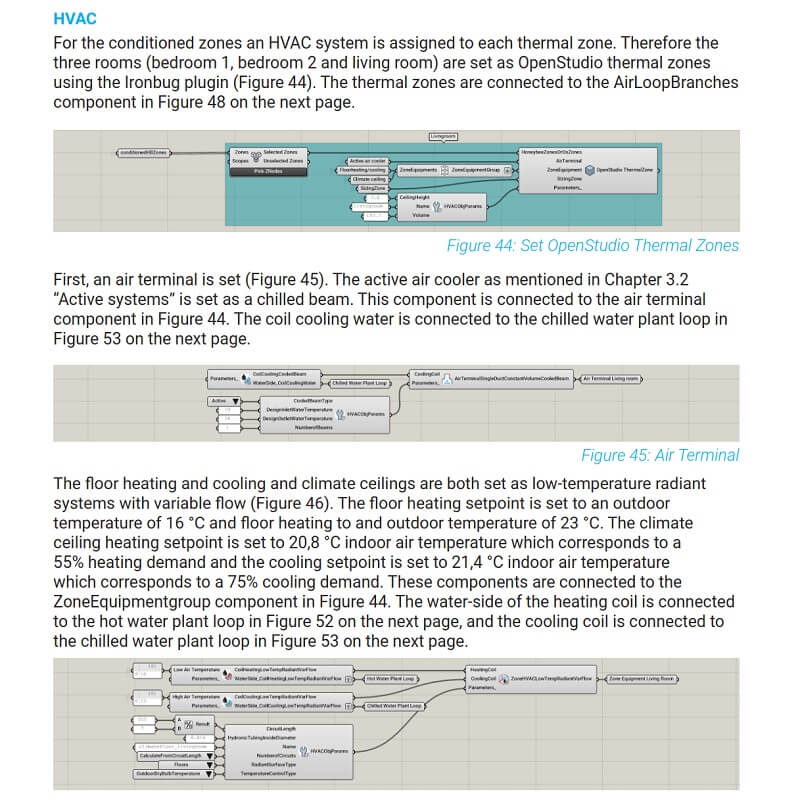
For visual comfort, there are no standards for residential buildings. A recommendation for the amount of light needed in a room is based on the activities. For the average room, a minimum of around 300 lux is found. For areas with more precise work such as the workstation, kitchen counter or bathroom mirror, a minimum of 500 lux is recommended (Bodart, et al., 2011). Acoustical comfort is not controlled by the building management system.
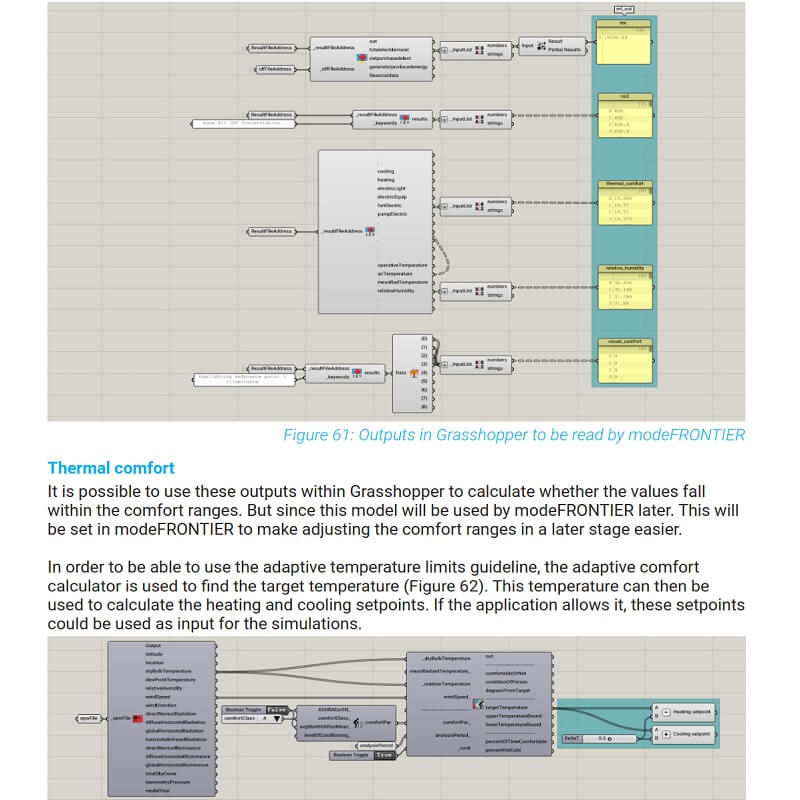
Finally, a Grasshopper model is made with Ladybug, Honeybee and Ironbug plugins to use with the modeFRONTIER optimisation software. After comparing simulations made by this model to measurements inside the MOR prototype, it turns out that this model is not able to accurately simulate the different systems. Therefore the existing DesignBuilder model is used for optimisations with the built-in optimisation engine of DesignBuilder.
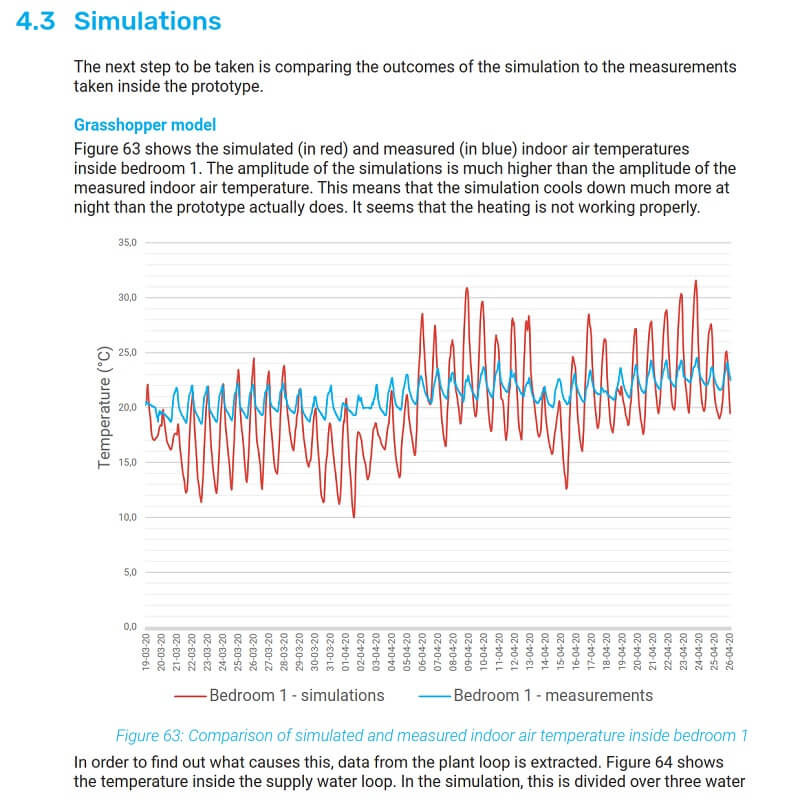
The optimisations show that for the MOR prototype, an energy consumption reduction of 11 % per year could be realised if the heating setpoint is raised from 20,5 °C to 20,8 °C and the mechanical ventilation rate is reduced from 1,3 ach to 1,0 ach. An additional 2 % could be saved by not using active cooling. Because natural ventilation in the model is only considered as a cooling strategy and not as an air quality control strategy the optimisations showed that no natural ventilation is necessary.
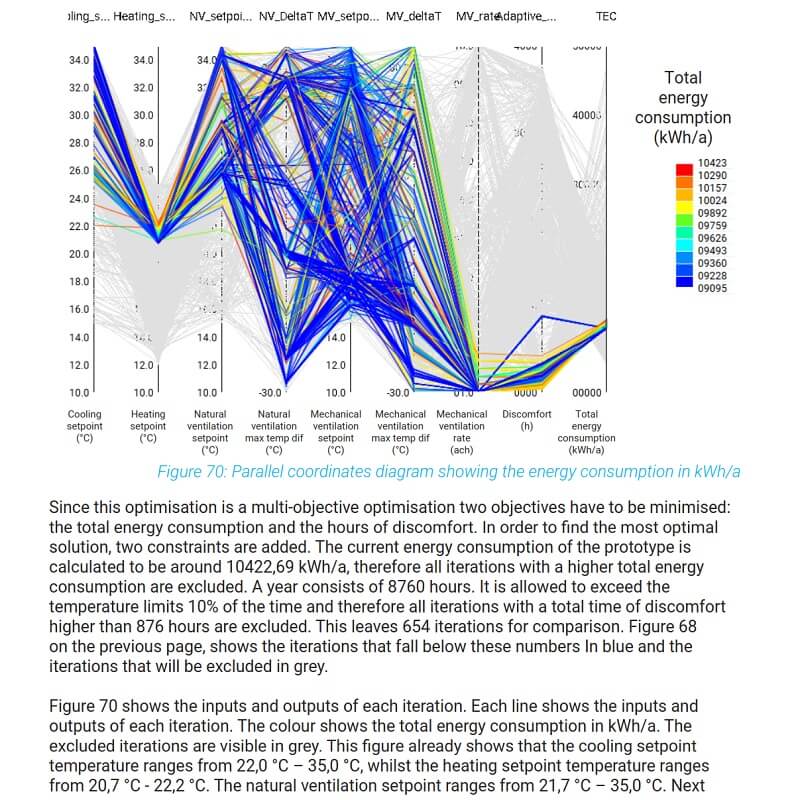
The workflow as described in this report can be used for optimising the setpoints in other buildings using building management systems. Further research is needed to be able to optimise all setpoints mentioned in this report.
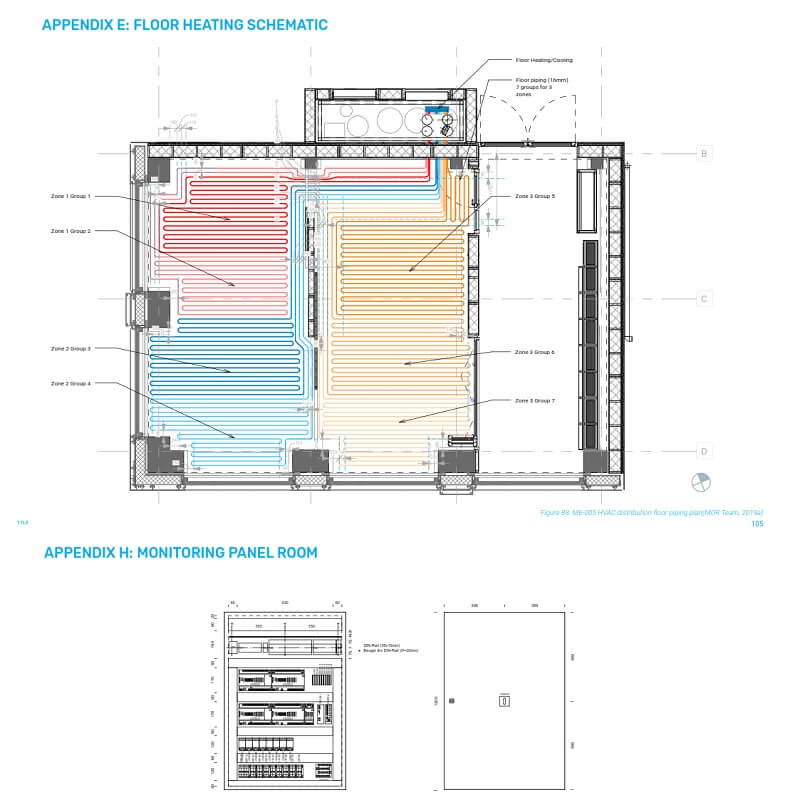




























Comments